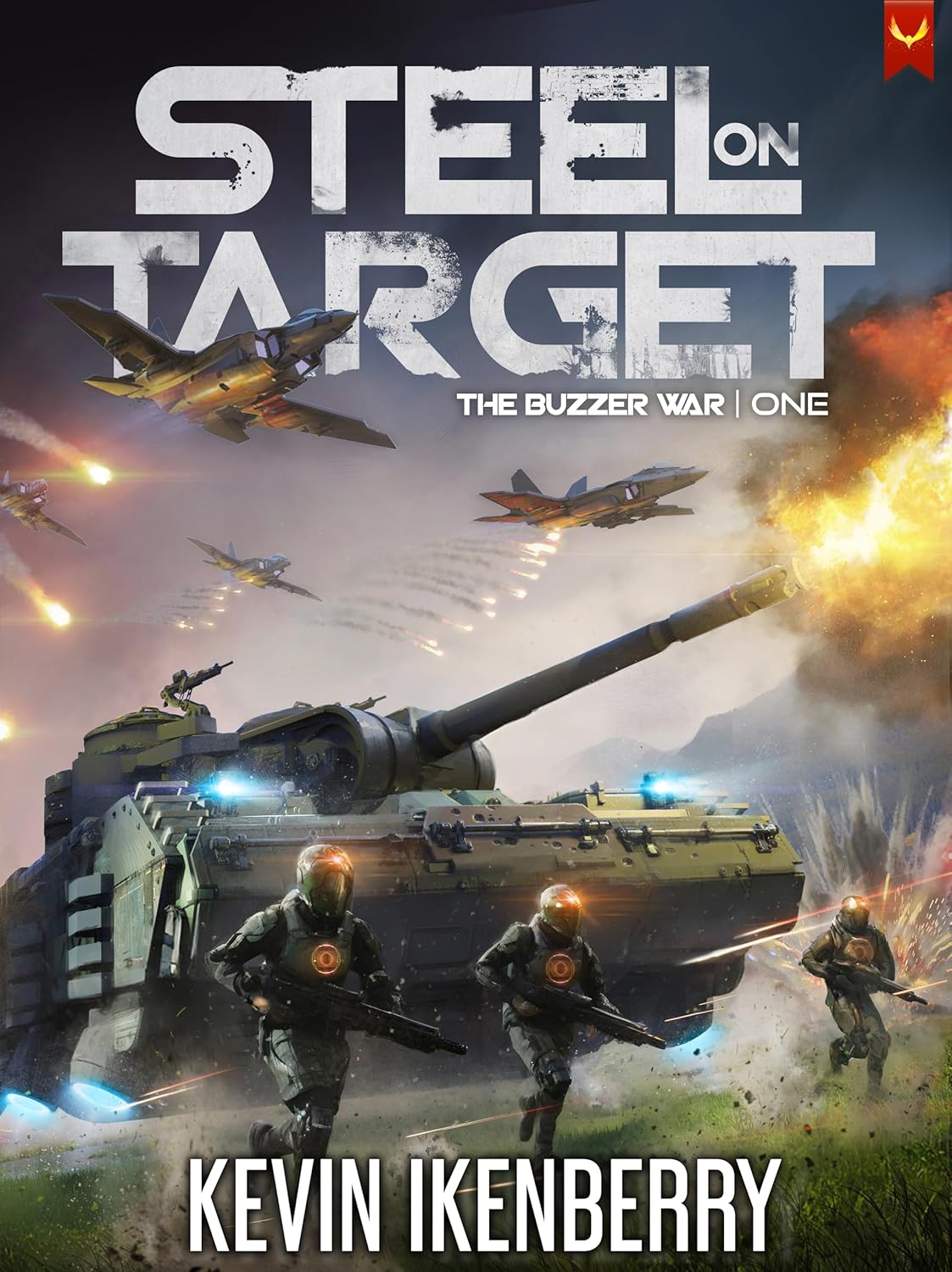Book Review: Steel on Target by Kevin Ikenberry
As a passionate fan of military science fiction, I was immediately drawn to Kevin Ikenberry’s Steel on Target, the first book in The Buzzer War series. The premise excited me: an elite soldier equipped with state-of-the-art ATLAS powered armor leading troops into battle against a menacing alien force known as the Buzzers. Having regularly enjoyed similar themes, I was eager to dive into this new adventure.
The narrative begins with First Lieutenant Mike Sandhurst and his elite infantry unit on a rescue mission that quickly goes awry. After enduring a relentless attack, Sandhurst finds himself at a crossroads, reassigned to a new command amidst an impending war against the Buzzers. The book’s portrayal of the rivalry between ground forces and air support, as well as its detailed depiction of military intricacies, resonated with me deeply.
Many readers have praised the thrilling and engaging battle scenes. I wholeheartedly agree. The action flows with a palpable intensity, keeping me glued to the pages. The characters are relatable, depicting a mix of ordinary individuals thrust into extraordinary circumstances, with their own challenges and infighting adding authenticity to the military setting. I particularly appreciated the author’s attention to detail regarding military culture. As one reviewer noted, the descriptions had a “timeless authenticity” that deepened my immersion into the story.
However, I must acknowledge some drawbacks. Several readers, including one reviewer with a 4-star rating, mentioned that the heavy use of military acronyms could be confusing at times. I found myself flipping back occasionally to grasp their meanings, which slightly disrupted my reading flow. Additionally, while the story arc is engaging, some might consider it a touch simplistic compared to other complex narratives in the genre. Yet, for me, it struck the right balance, focusing on character interaction and growth against a backdrop of epic conflict.
Ikenberry’s writing style makes complex military strategies accessible, and while the battles are dynamic, they don’t overshadow character development. The relationship dynamics between Sandhurst and a pilot who saves him added depth to both characters, a central theme that one reviewer expressed appreciation for as well.
Another aspect that may resonate with many readers is how grounded the sci-fi elements feel. The amalgamation of familiar military tactics with futuristic technology evokes a sense of realism despite the outlandish premise of fighting insect-like aliens. As one reviewer put it, this book has echoes of modern combat, making it relatable, yet still provides a speculative twist that keeps it in the sci-fi realm.
In examining the positives and negatives, I found that the strengths of Steel on Target far outweigh its shortcomings. The exhilarating ride through battle scenes, the authentic military culture, and the intricacies of human relationships in a wartime scenario left me eagerly anticipating the next installment. It’s refreshing to explore a narrative that maintains a focus on tank warfare and ground battles, making it stand out amidst a sea of spaceships and galactic battles often found in the genre.
In conclusion, Steel on Target exceeded my expectations. While it has its minor flaws, they did not detract significantly from my overall enjoyment. This book is an engaging and satisfying read for anyone who appreciates military sci-fi with well-crafted action sequences and relating character arcs. I would highly recommend it to fans of the genre and am already looking forward to diving into the next book in the series!
“Discover the gripping world of Steel on Target and join the adventure in The Buzzer War series!” >>








